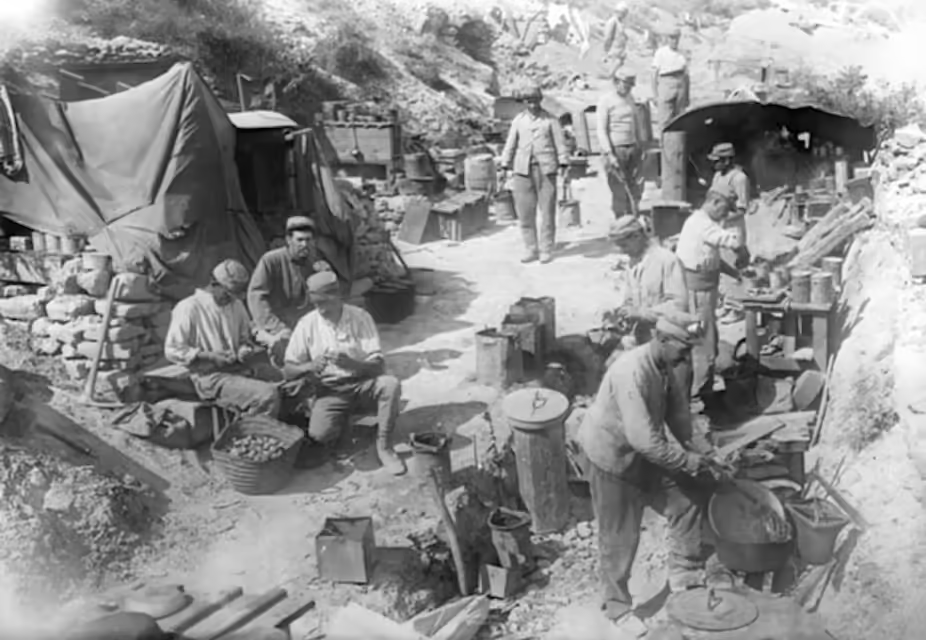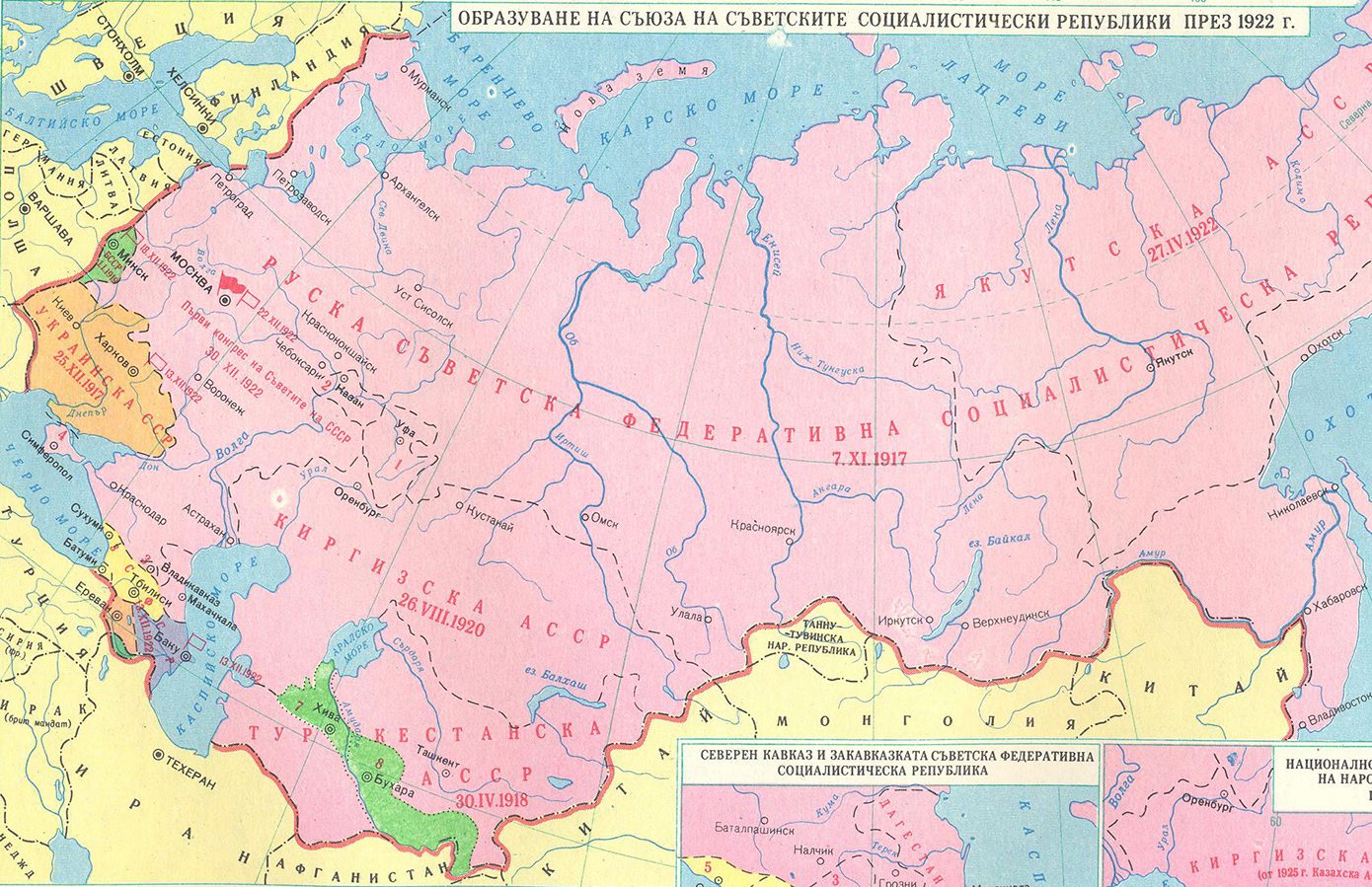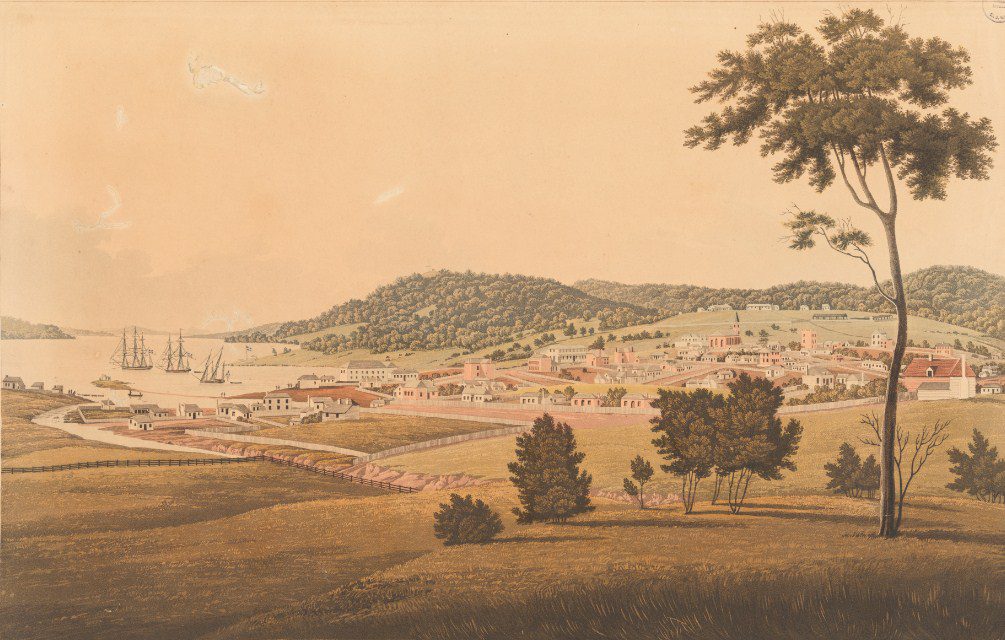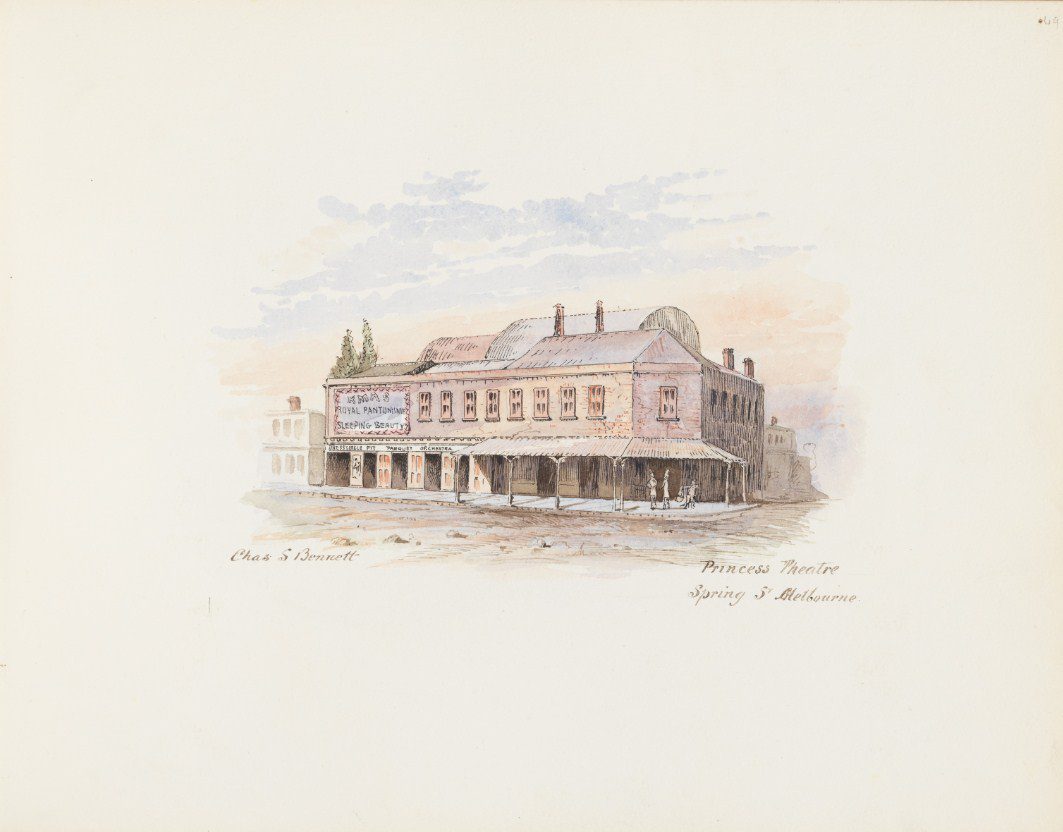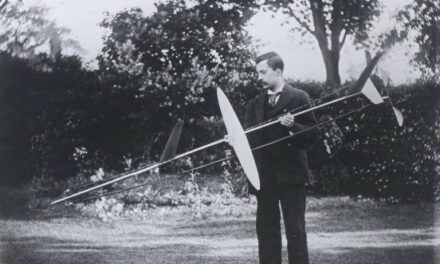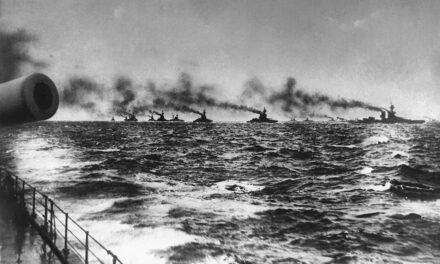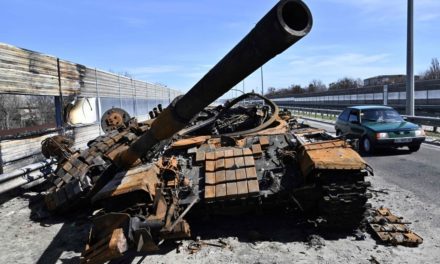Reading time: 6 minutes
With almost the same number of soldiers as the Anzacs – 79,000 – and similar death rates – close on 10,000 – French participation in the Gallipoli campaign could not occupy a more different place in national memory. What became a foundation myth in Australia as it also did in the Turkish Republic after 1923 was eventually forgotten in France.
Some of the reasons are obvious.
By John Horne, Trinity College Dublin
France was fighting for its very existence and many, including Joseph Joffre, the commander-in-chief on the western front, thought Gallipoli a side-show at best and a wasted effort at worst. It was a British conceived and led campaign, although the French were a fully-fledged expeditionary force with their own staff and command structure.
It was also a failure, and while that never prevented anyone spinning redemptive narratives about heroism and national virtue, the French had plenty more relevant episodes to use for such purposes during the Great War, from the Marne in 1914 and Verdun in 1916 to final victory in 1918.
Even regarding the “front of the Orient”, as they called it, the French saw Gallipoli merely as a curtain-raiser to the subsequent campaign in Macedonia, to which most French units from Gallipoli transferred, and which finally defeated Bulgaria in 1918, contributing to the victory over the Central Powers. Gallipoli failed to achieve any of its goals.
What was in it for the French?

Other reasons for the neglect of the campaign are less obvious – and more revealing – about its actual nature.
The French conceived of the Dardanelles in part at least as a colonial campaign. This was not true of its ostensible goals – since the idea of defeating the Ottoman Empire and linking up with Russia was clearly part of a continental conflict between the major European powers.
But one consequence of success would be (as it eventually was) the partitioning of the Ottoman Middle East. The French could not afford not to take part in case the British won.
Even more tellingly, the campaign was conceived in a colonial mode.
As the “sick man of Europe” it was assumed that the Ottoman Empire would collapse at the mere demonstration of Allied naval and military might. The land campaign would be just like the expeditions that had subordinated “native” peoples to French and European authority pre-war – in Indo-China, China and Morocco.
Even after the naval fiasco of March 18, when British and French ships failed to force the Dardanelles, the French imagined that the land campaign would be an easy march along the shores of the Sea of Marmara to Constantinople.
Finally, two thirds of the French Expeditionary Force were composed of colonial soldiers, though two thirds were also white. While two regiments were specially raised for the campaign from metropolitan France, many of the other soldiers came from elite European colonial regiments or white settlers from Algeria and Tunisia.
Despite initial plans, it proved impossible to use native North African soldiers (though they later went to Macedonia) because they would be fighting against fellow Muslims and possibly occupying the holy sites of the Middle East.
But a quarter to a third of the French soldiers were Tirailleurs Sénégalais, or Senegalese Infantry, though in reality they were recruited from all over French West Africa and included some creoles from the West Indies and islands of the Indian Ocean. While it is not true that there was no memory of the Dardanelles campaign in inter-war France, it was largely colonial, being especially strong among the settler community in North Africa.
Needless to say, the Senegalese had their own oral traditions but they were never in any active sense part of the official “memory” of the campaign. When the Empire vanished after the second world war, and French Algeria with it, the most obvious sources of a commemorative culture of Gallipoli disappeared.
Not exactly a colonial campaign
The paradox, as rapidly became evident to the French soldiers, is that Gallipoli as an experience had little of the colonial campaign about it. The Turkish soldiers who opposed the landings were men fighting to defend their homeland and religion, and they did so as tenaciously as any of the other European armies of the Great War.

They were also instructed and party commanded by a significant number of German officers, who had initiated them into the rudiments of trench warfare in ways that still remain fully to be established.
Even more fundamentally, Gallipoli was as much a military part of the war in Europe as it was by virtue of its political logic. The great surprise of the first world war was that a conflict that almost everyone had imagined as a war of movement in the same broad mould as warfare since Napoleon, where the outcome would turn on the massed infantry offensive, became in reality a drawn-out conflict in which the defensive predominated.
The application of industrialised firepower only made the stalemate all the more destructive and prolonged. In effect, the “front” was invented as the battlefield of this mutual siege warfare, and Gallipoli was simply the most distant of the fronts that locked down Europe in 1915.
Unsurprisingly – though at the time it surprised everyone – the conflict that raged for eight months on this most distant peninsula of the continent reproduced the trench warfare of the western and other fronts.
As one French soldier, Arnaud Pomiro, lamented on May 15:
So it’s siege warfare, or if one prefers, trench warfare, exactly as on the French front. I see no end to it.
Nor did he. The French, like the British, never got further than seven kilometres from their landing place on April 25 at the tip of the peninsula. As Pomiro’s comment shows, they were referring to Gallipoli as a “front” within three weeks of arriving. Yet they clung grimly on.
While Paris began transferring troops to the Macedonian front from September, French soldiers remained with the British until the final disembarkation on January 8-9 1916.
As a front, confined to a tiny area but extended by naval logistics on both sides to the Greek islands and to Constantinople respectively, Gallipoli offers a perfect laboratory for historians wishing to study the nature of warfare in the Great War.
Instead of being a colonial exception, it was a microcosm of the European war at large. What the French discovered to their painful surprise becomes an exciting challenge to the historian a century on.
But the price of meeting that challenge is to end the tendency to separate out simplistic national accounts from a more complex episode that only makes real sense when viewed as a comparative and transnational whole.
This article was originally published in The Conversation.
Podcasts about the French contingent at Gallipoli
Articles you may also like
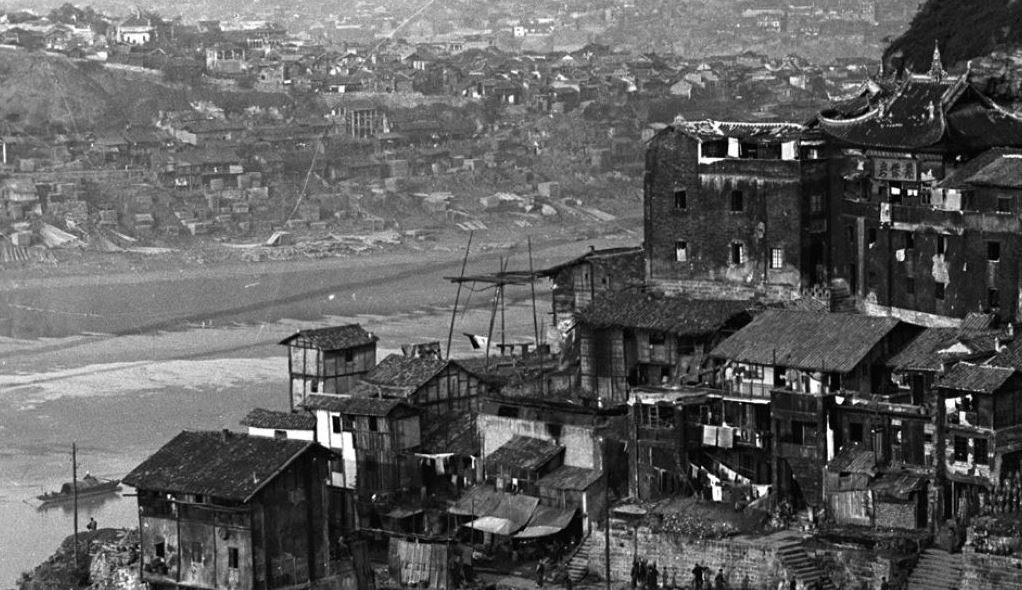
The Chungking Legation: Australia’s first diplomatic mission to China, as soon to be wartime allies
Reading time: 6 minutes
Gough Whitlam’s visit to China in 1971 is an iconic moment in the history of Australia-China relations. As prime minister, he officially recognised the People’s Republic of China the following year, heralding a new era of engagement with China.
But Whitlam’s visit overshadows an earlier and equally significant moment in Australia’s relationship with China.
On October 28 1941, Australia opened its first diplomatic mission in China, a legation in the wartime capital of Chungking (Chongqing) in central Szechwan (Sichuan) province.
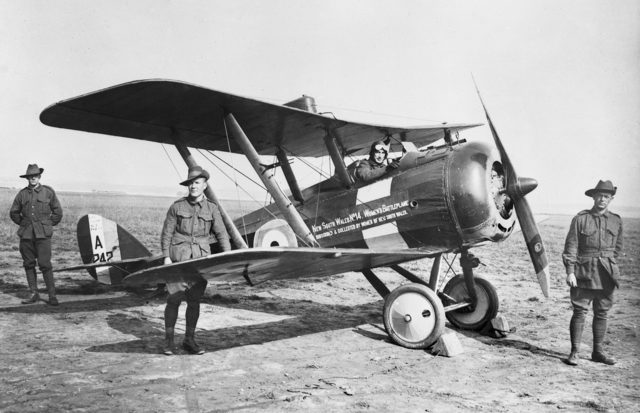
The Australian Flying Corps, 1917–18
THE AUSTRALIAN FLYING CORPS, 1917–18 By 1917, the men of the Australian Flying Corps’ No. 1 Squadron had been fighting in the Middle East for almost two years. Now Australia’s airmen were ready to join the allies’ broader campaign in the Great War. By Alan Stephens Because Europe was the main theatre, the next three AFC […]
The text of this article is republished from The Conversation in accordance with their republishing policy and is licenced under a Creative Commons — Attribution/No derivatives license.

